Talk about the delay of the mechanical keyboard, how low the delay will not affect our use?
The origin of the incident was that the top UP owner of the pure mechanical keyboard category on a certain video website released his delay test results for 21 keyboards in wired, Bluetooth, and 2.4G modes. Among them, the traditional international peripheral manufacturers are far ahead, and the mainland product brands are thriving, and some brands are not successful.
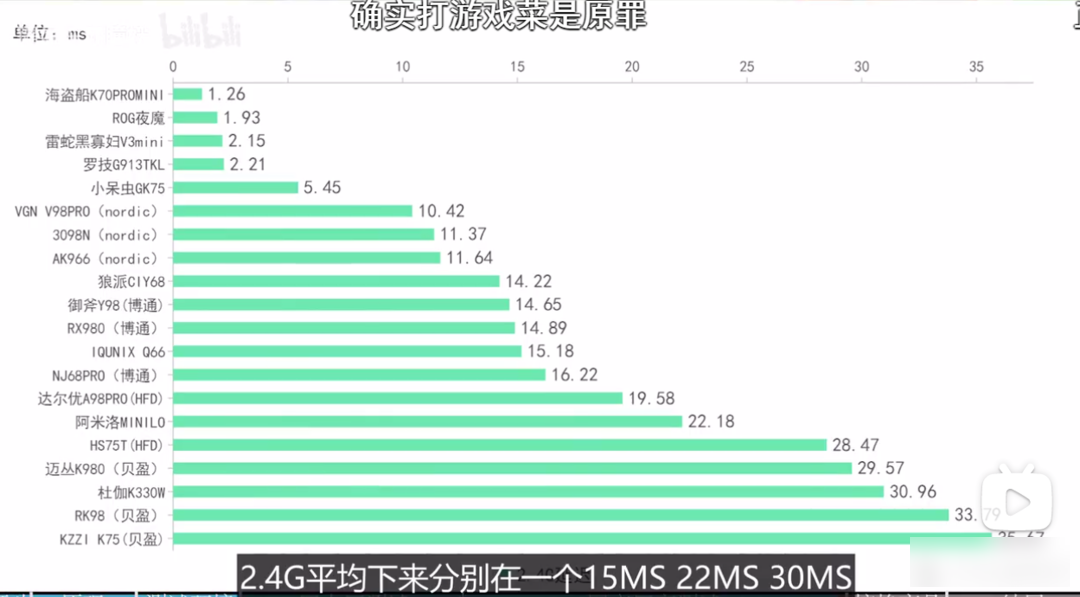
This video has aroused heated discussions. After all, there are still a few people like me who have 100 mechanical keyboards at home but do not play games. Many people buy mechanical keyboards for a better gaming experience. If the game delay of the mechanical keyboard is very high, then is the money wasted?
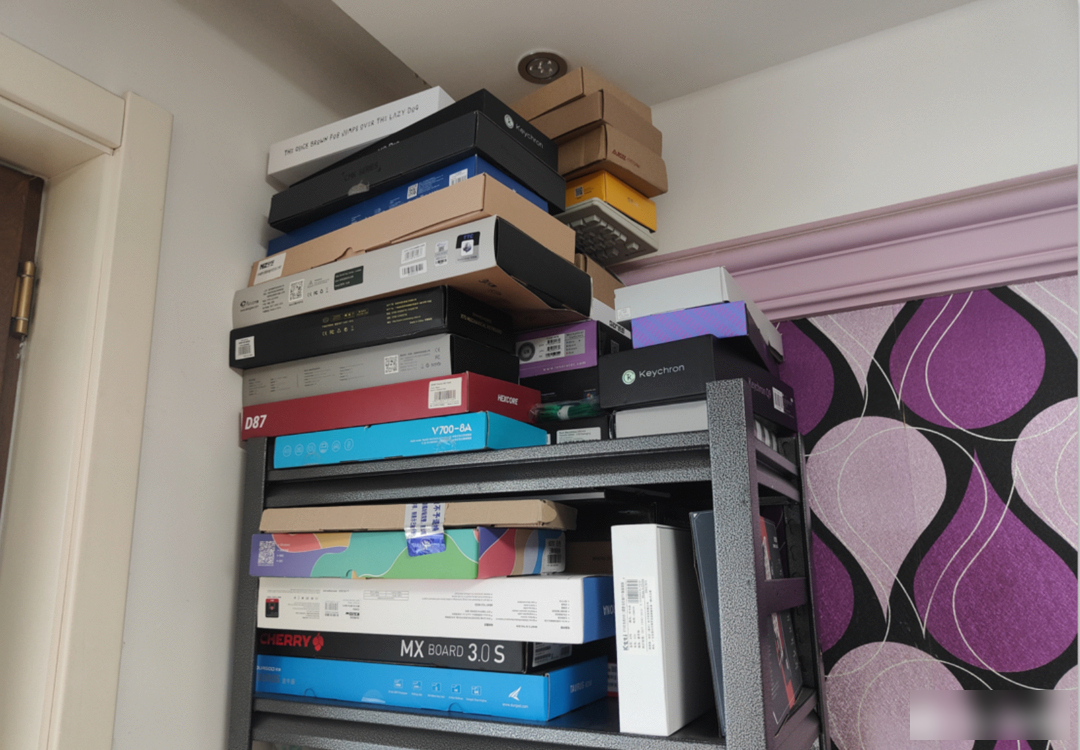
First of all, we need to be clear about one thing, that is, the rate of return is not equal to the delay. After all, the delay of the keyboard is generally not given by major manufacturers, but most of us can check the return rate, and even if we can't find it, we can measure it ourselves. Many of my previous single reviews have given the return rate of my test. The method is also simple. Find a keyboard test software, press two buttons at the same time, and see how many ms the shortest interval is. The rate of return for an interval of 1ms is 1000Hz.
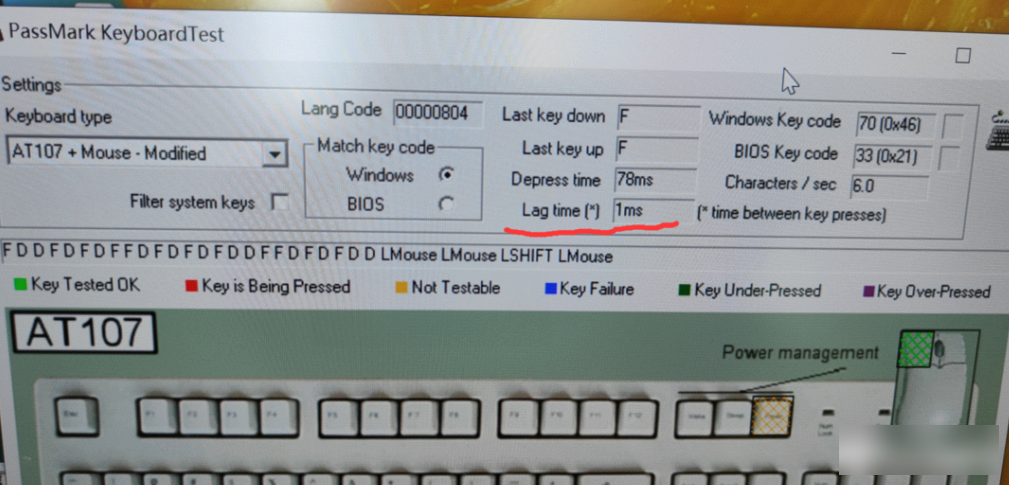
In fact, the rate of return can only determine the lower limit of the delay time fluctuation. , For example, if the return rate is 1000Hz, then the data is transmitted to the computer every 1ms, then its delay fluctuation range will be at least 1ms. For a keyboard with a return rate of 125Hz, data is transmitted to the computer every 0.008s, and its delay fluctuation range is at least 8ms, and the actual fluctuation will be greater than this value. But its contribution to latency is generally small.
Secondly, because the delay time selected by the red pupil test is the time from when the shrapnel is triggered to when the machine accepts the command, in other words, it is a slice of the player's entire game delay. The delay of this slice mainly comes from the different schemes. From the test results, it is true that the delay of the keyboard of the same scheme is similar.

Many high-latency solutions are mainly because the anti-jitter time is preset to be relatively long, in other words, they are relatively conservative. The reason may be that there is relatively little information about the shaft body, in order to prevent double-clicks and false touches caused by shrapnel vibration. This means that the solution provider has the ability to reduce this delay (but not to the level of the four major peripheral manufacturers, and it is not a big problem to reduce it to 10ms), but the versatility of the solution will be weakened, and some axes with poor foundation There will be problems when the body.
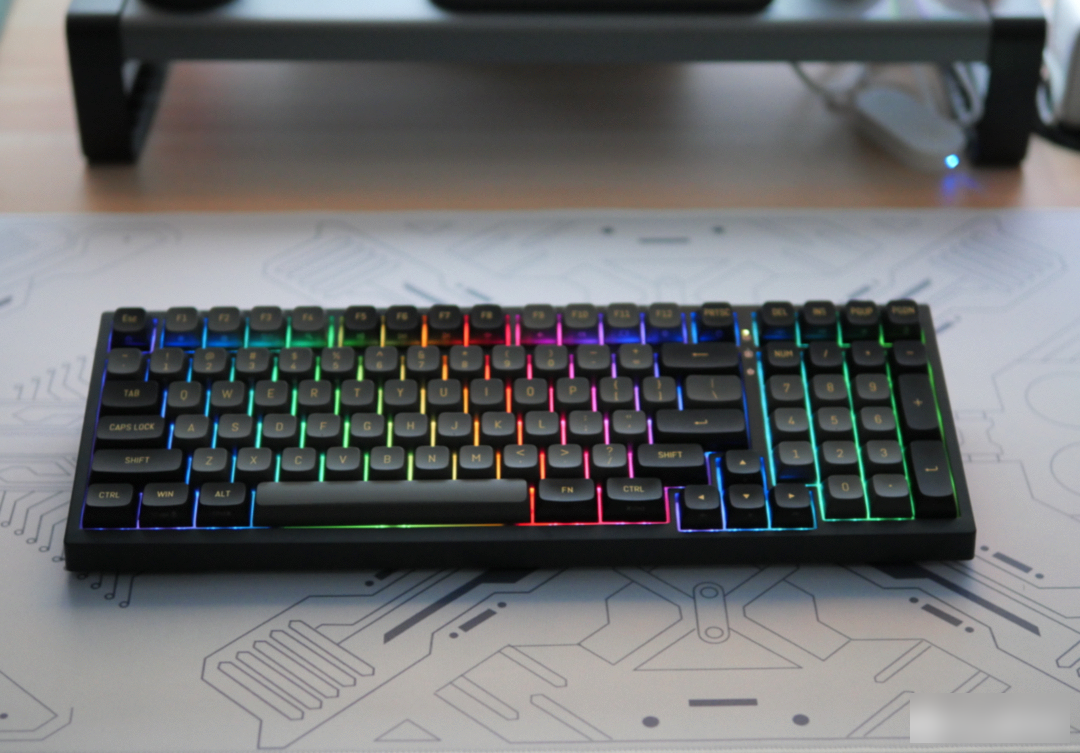
The simplest example is that Kezhi has launched a low-latency firmware. It is said that the delay after refreshing the firmware is more than ten milliseconds, which is already the mainstream level. The base version is lower.
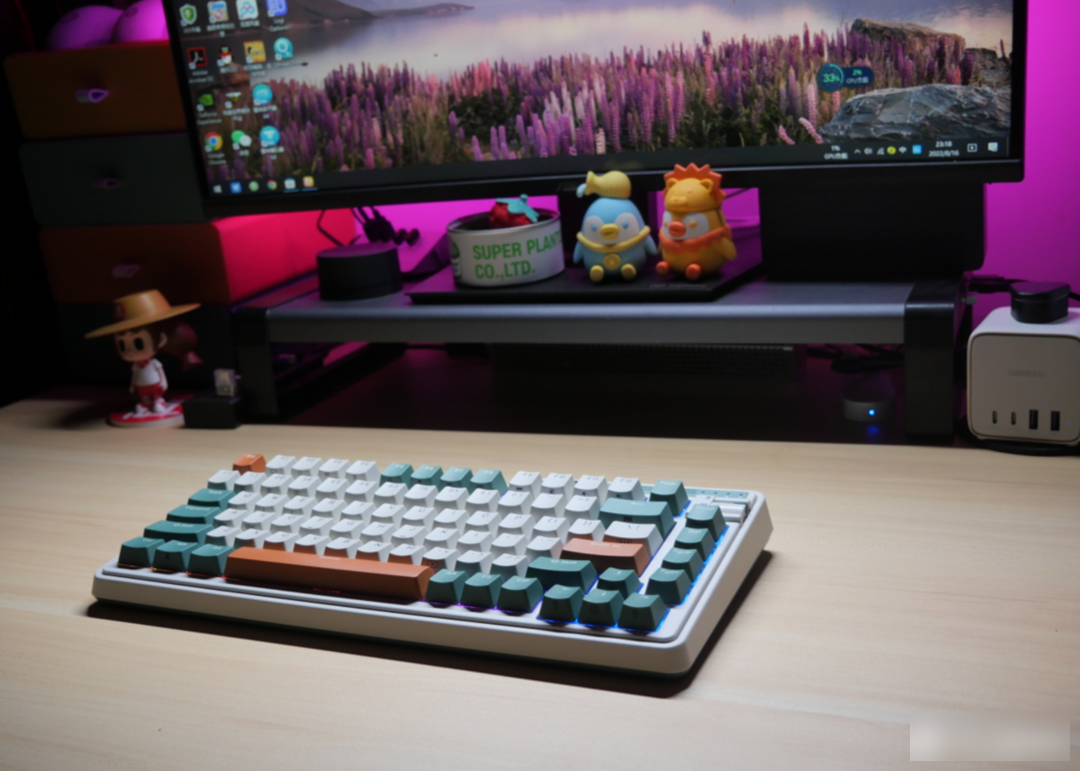
In fact, the key to the matter is how much delay we need. When you see that these data are 1ms and 30ms, you will feel that this is a big gap. But when converted into the more familiar unit s, the gap between 0.0001s and 0.03s does not seem to be that big. Because the average response speed of the human body is 0.2s, and it will fluctuate up and down. In the 100-meter race, when the athlete's reaction time is less than 0.1s, it will be judged as a false start. The world's top sprinters have a reaction time of only 0.13s occasionally, and those who stabilize at 0.15s are all masters. There are also those that catch up with the slow 0.3s.
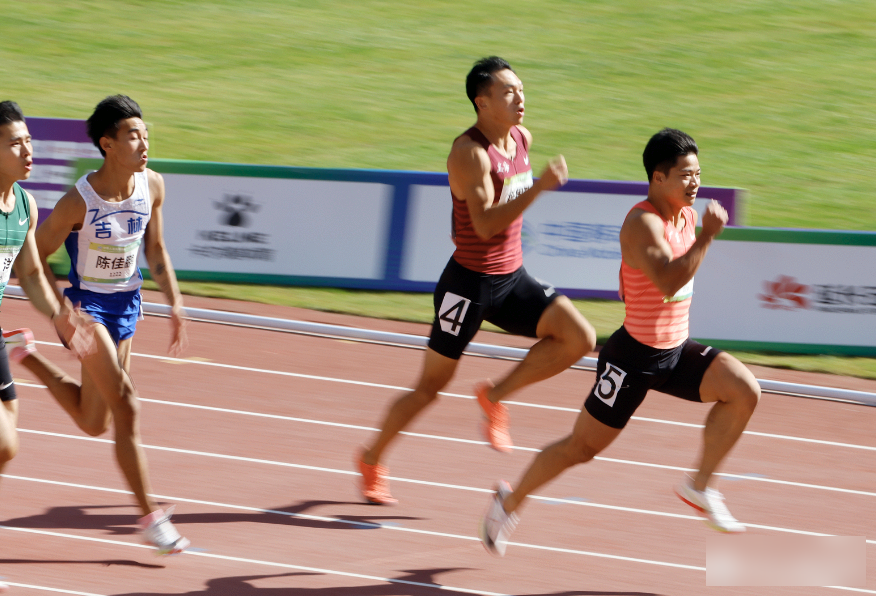
Among the professional players, there are not a few who use filco. In Chitong’s test this time, the delay of filco wired and bluetooth is about 23ms, and the professional players who use filco play both LPL and CS GO (the latter seems to be slightly less). In other words, even if it is placed in professional players, a delay of 20ms+ will not cause a difference in the player's experience. So as an ordinary player, do you really think that 30ms will affect your game operation?
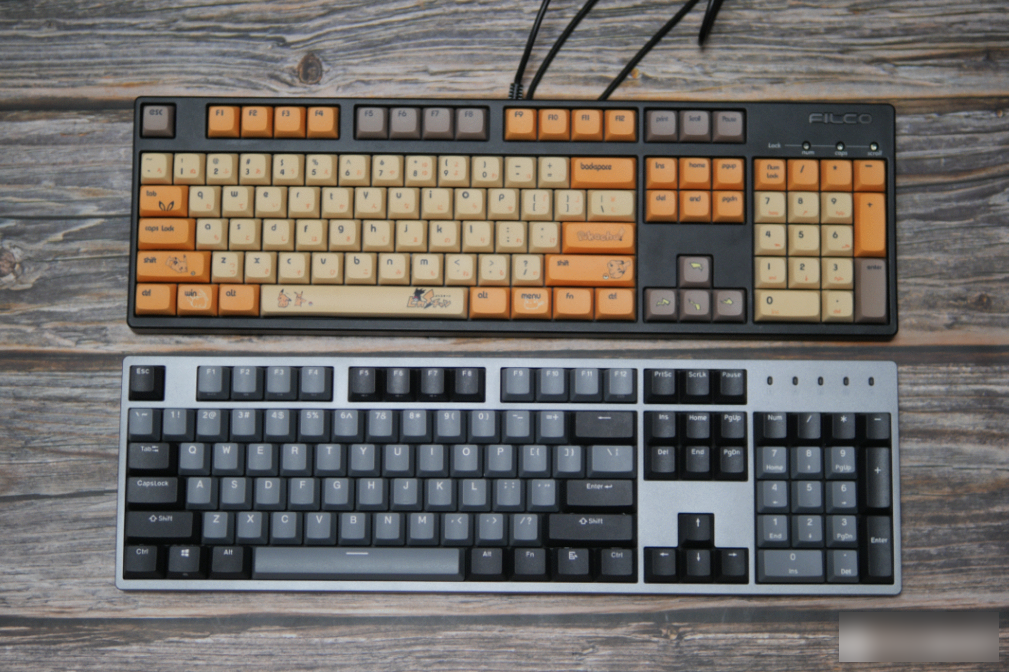
However, I am not saying that the delay is not important. The reason is still the same. The receiver in the test environment is only 20cm away from the keyboard, but most people use wireless distances far beyond this number, so the delay is likely to be much larger, and I hope that the UP master can do a test at a farther distance in the future, which is closer to the actual use environment.
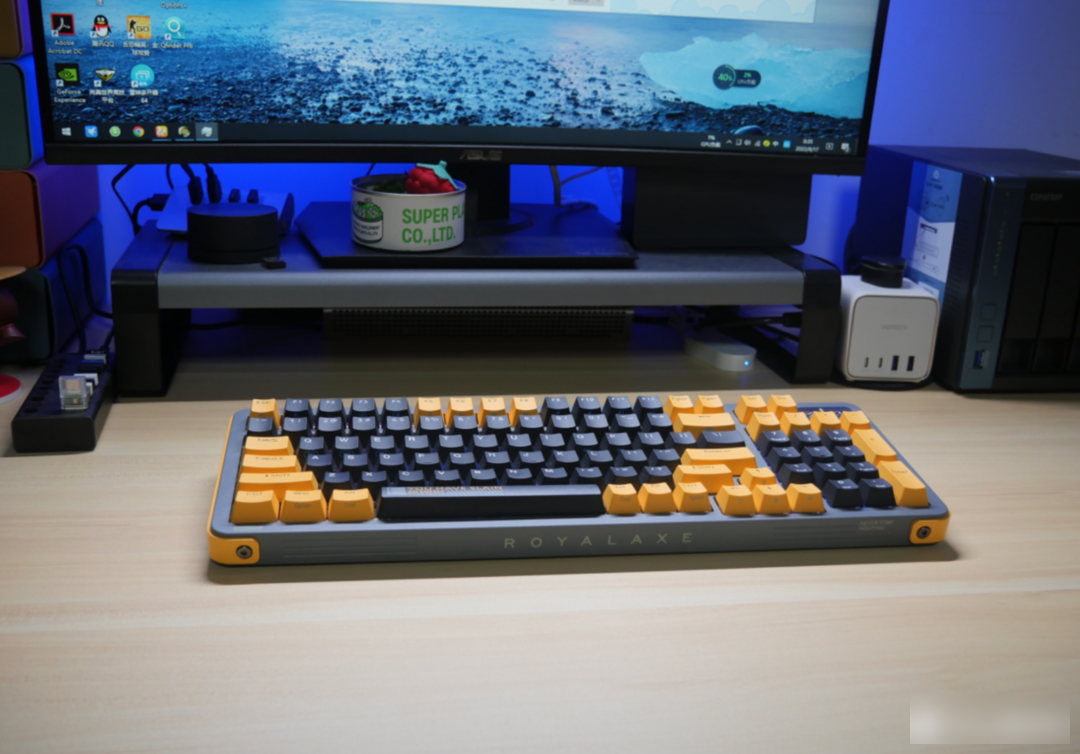
First of all, is there any difference between 1ms delay and 10ms and 30ms delay in the game? Let me talk about the answer first, there is a difference, and then I will explain it in detail.
The composition of the delay is many, including the time from pressing the shaft body to the trigger of the shrapnel (not included in this test), including the delay of the display (about 1ms), including the delay of the network (daily 20ms~200ms), the human body's own reaction time (150ms ~250ms), as well as the delay caused by the computer's own calculation and transmission, etc., even if the above delays correspond to the same person, the same computer, and the same network, there are still fluctuations and there is a range. In a statistical sense, there should be no significant difference between 1ms and 10ms delays. Whether there will be a significant difference between 1ms and 30ms depends on the actual situation and calculations. If the network is estimated to be stable, there should be a large probability difference within the 95% confidence interval.
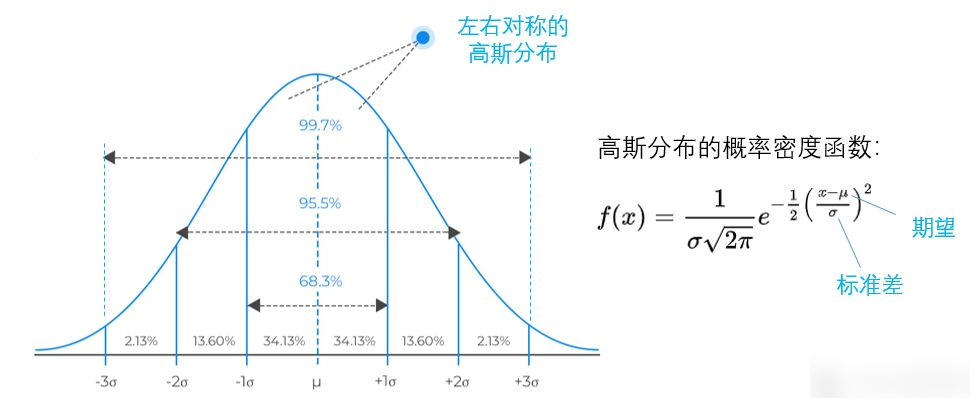
The 20ms delay is not felt by most people or even professional players, but this delay is real. For example, in extreme situations, two people press the skill at the same time, and the skill release time will be 20ms or 1/50th of a second due to the input device. gap. For example, a control skill or a skill that achieves an instant kill, according to the game settings, two people will be judged to be able to issue both skills within a certain time range according to the time difference between the skills, but if the time difference exceeds this range, the latecomer will be because of If a character is charged or dies, it will be judged as an invalid operation. If this happens because of a 20ms gap, it is entirely possible.

But in actual operation, such relatively extreme situations are rare, otherwise so many professional players would not use filco, a product with a delay of 23ms. As for our ordinary players, I think it is up to the players themselves to think about whether or not to deal with this issue.
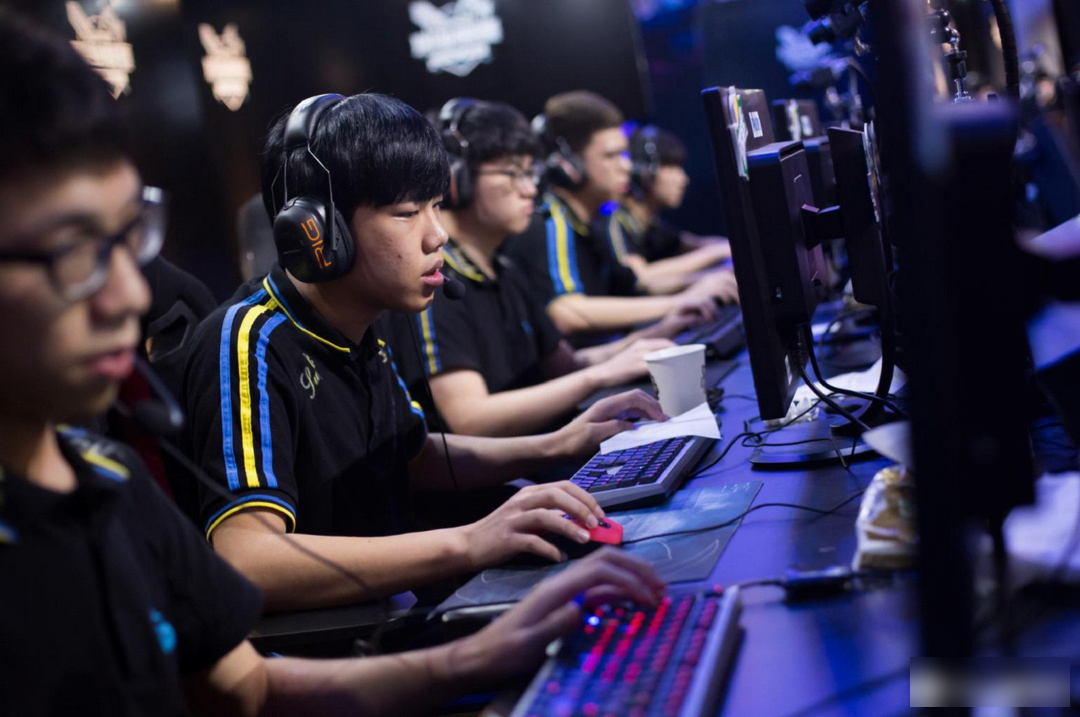
I personally think that the most important thing is whether you can feel the delay and not following the hand when using this keyboard. After all, the biggest delay still comes from the human body. Of course, if you do have occasional competition needs, I suggest you buy a keyboard from one of the four major brands, even if it is a wired version, it is not very expensive after all.
To reiterate the one thing mentioned earlier, the delay of 20ms or even 30ms may not be felt by the players, but the actual use of the receiver is often farther away from the keyboard, coupled with the matching of the motherboard and the interference of other 2.4G devices, so the actual In use, the delay of many keyboards is not only 30ms, it may be 50ms, or even more.
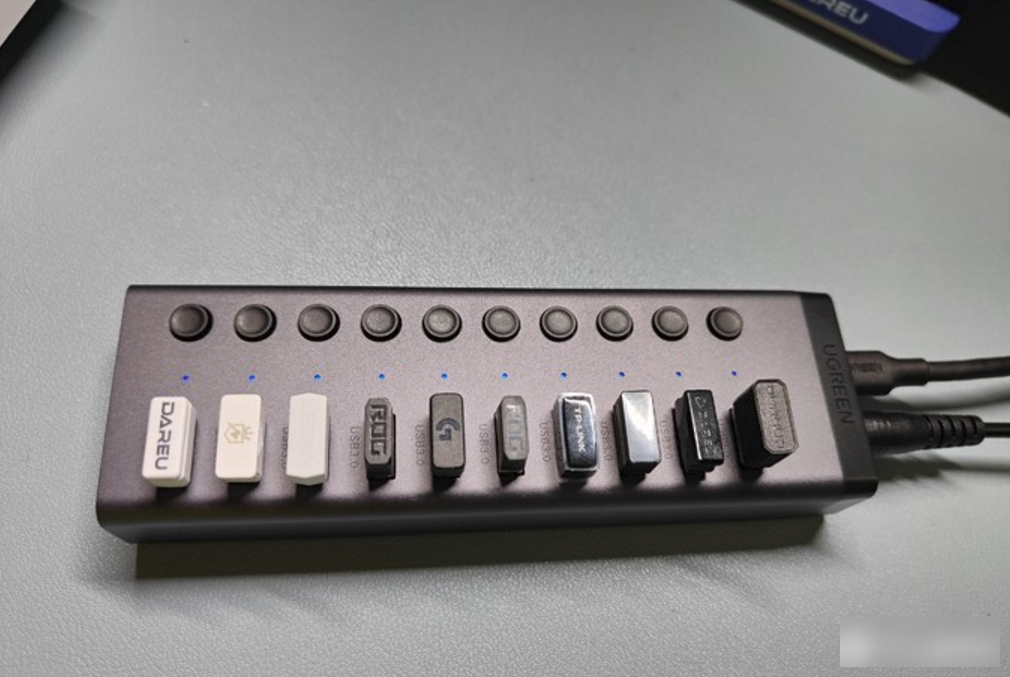
In this case, the player's perception will be very obvious. So one of the problems I mentioned in my previous article is that many wired keyboards of e-sports brands are actually not expensive. The most famous ones, such as ROG Ranger, have the first linear axis RX axis, and the price is only more than 500 during the event. But when it comes to the wireless version, it is basically three or four hundred or more expensive. There is no doubt that the four major wireless solutions are indeed strong. If you are very concerned about these, then the four major brands are the best choice to buy a gaming keyboard. As for the gap between the four brands, it can be completely ignored, even that of the little nerd.
Insect sauce, your almost hidden selling point has finally been discovered.
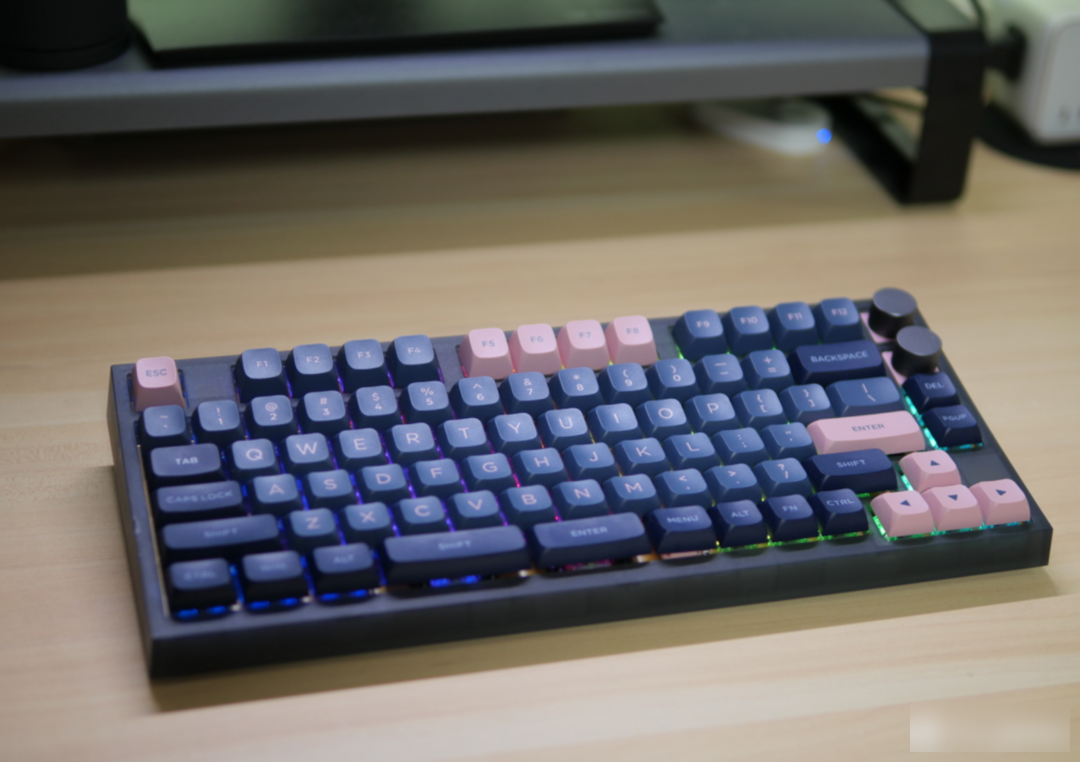
Switching from using a keyboard with 30ms latency to using a keyboard with 1ms latency can probably improve your game by "up to" 0.1~0.5%. I still think that choosing the keyboard that is the most convenient and comfortable for you to use without obvious delay perception should improve your gaming level the most.

The good news is that as soon as the video is released, domestic brands should start to notice the problem of keyboard delay, so the delay of subsequent mainstream brands will increase a lot, at least it should be within 20ms. Manufacturers will also pay more attention to the stability of wireless connections, which is a good thing for players.
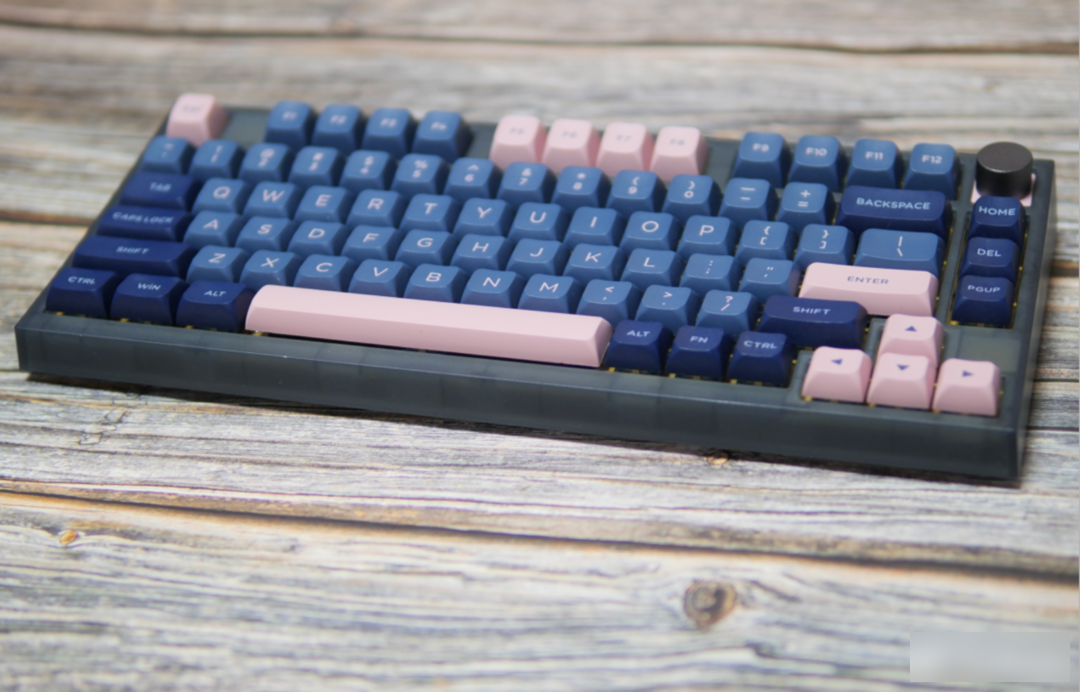
At the same time, I also hope that some UP owners will have the opportunity to test the delay of various brands in more different operating environments. Thanks Chitong, a video promotes the progress of the entire industry, like it.
Factory Adress: No.11,FengpingRoad
